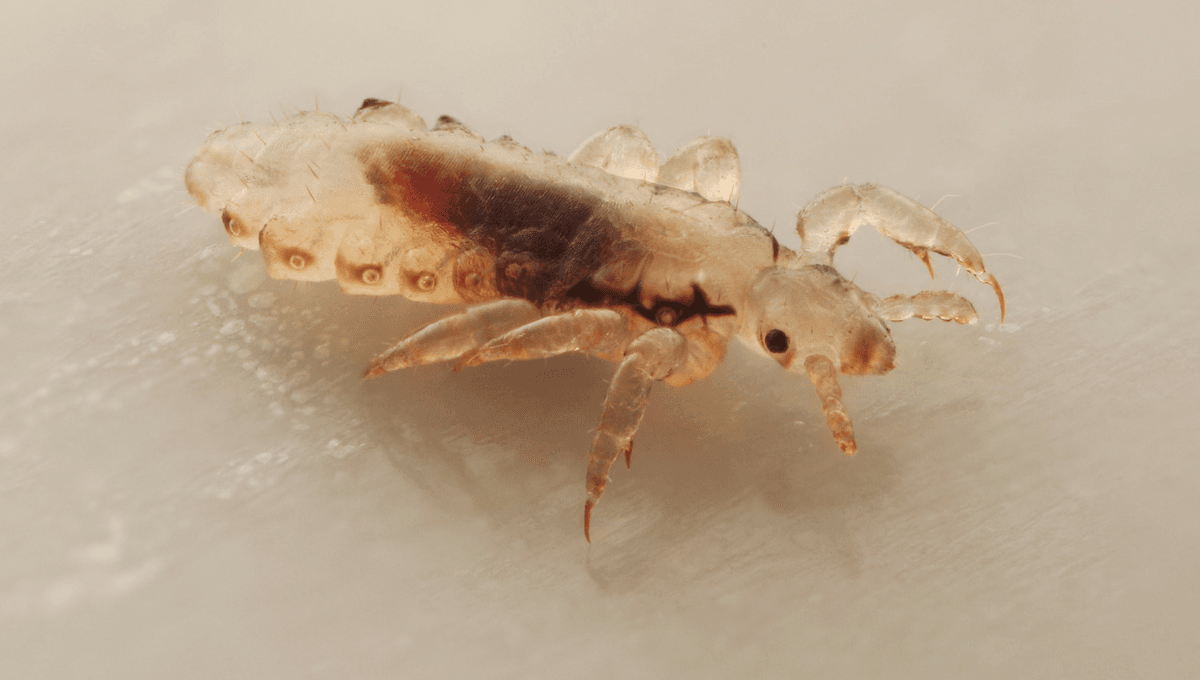
Wherever humans tread, head lice come too. Genetic evidence shows that head lice migrated to the Americas twice: firstly, when humans first migrated from Eurasia across the Bering Strait and, secondly, when Europeans colonized the Americas around 500 years ago.
Notorious for causing itchy heads, head lice are a blood-sucking parasite that spends their whole lives on the scalp of unsuspecting humans. They’re likely to be one of the oldest parasites of humans and have co-evolved with us for many millennia.
In a new study, scientists plunged into the genetic diversity of the head lice that inhabit human heads across the planet, studying 274 lice from 25 geographic locations around the world. This revealed that head lice can be split into two distinct clusters: one with a worldwide distribution, and another found only in Europe and the Americas.
Probing deeper, they found that the only lice with ancestry from both clusters are found in the Americas. The researchers argue that this distinct group is the product of a mixture of lice descended from populations that arrived with the First People and those descended from European lice, brought over during the colonization of the Americas.
To affirm this theory, the researchers identified a genetic relationship between lice in Asia and Central America. This makes sense, as the first people to migrate to the Americas were from East Asia, crossing the Bering Land Bridge between modern-day Alaska and Russia. Once they entered North America, they headed south into Central America, where modern louse populations today still retain a genetic signature from their distant Asian ancestors.
The second wave of head lice migration came in the late 15th and 16th centuries. Following Christopher Columbus’ voyage to the Americas in 1492 CE, the people of the Americas and Afro-Eurasia were reintroduced after being cut off from each other for over 10,000 years.
In what’s known as the Columbian exchange, the two reconnected worlds prolific traded their unique plants, animals, human populations, precious metals, ideas, cultures, and – perhaps most significantly – diseases. Humble head lice, it appears, were also part of this defining moment in history.
The researchers explain that head lice are extremely useful tools for studying human history and evolution. For this study, they focused on rapidly evolving genetic markers that can illuminate more recent history. However, they speculate that slower-changing markers could be utilized to peer back even deeper in time.
“Human lice are more than annoying human parasites, they are ‘satellites’ of our evolution. Because human lice feed on human blood, they need us to survive, and over millions of years this resulted in a long co-evolutionary history together,” the study authors said in a statement.
The new study is published in the journal PLOS ONE.
Source Link: Origins Of America's First People Reflected By Head Lice Evolution